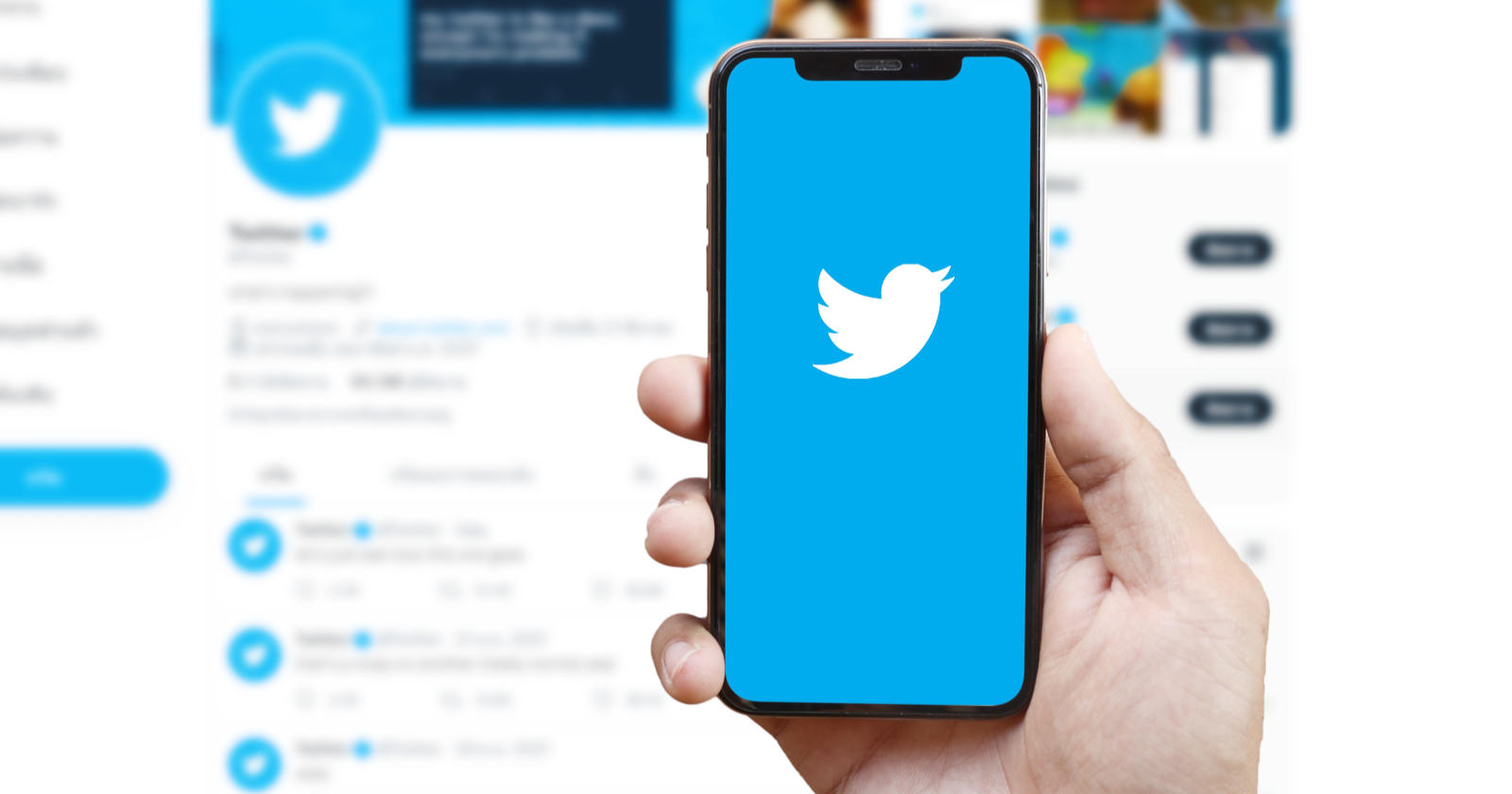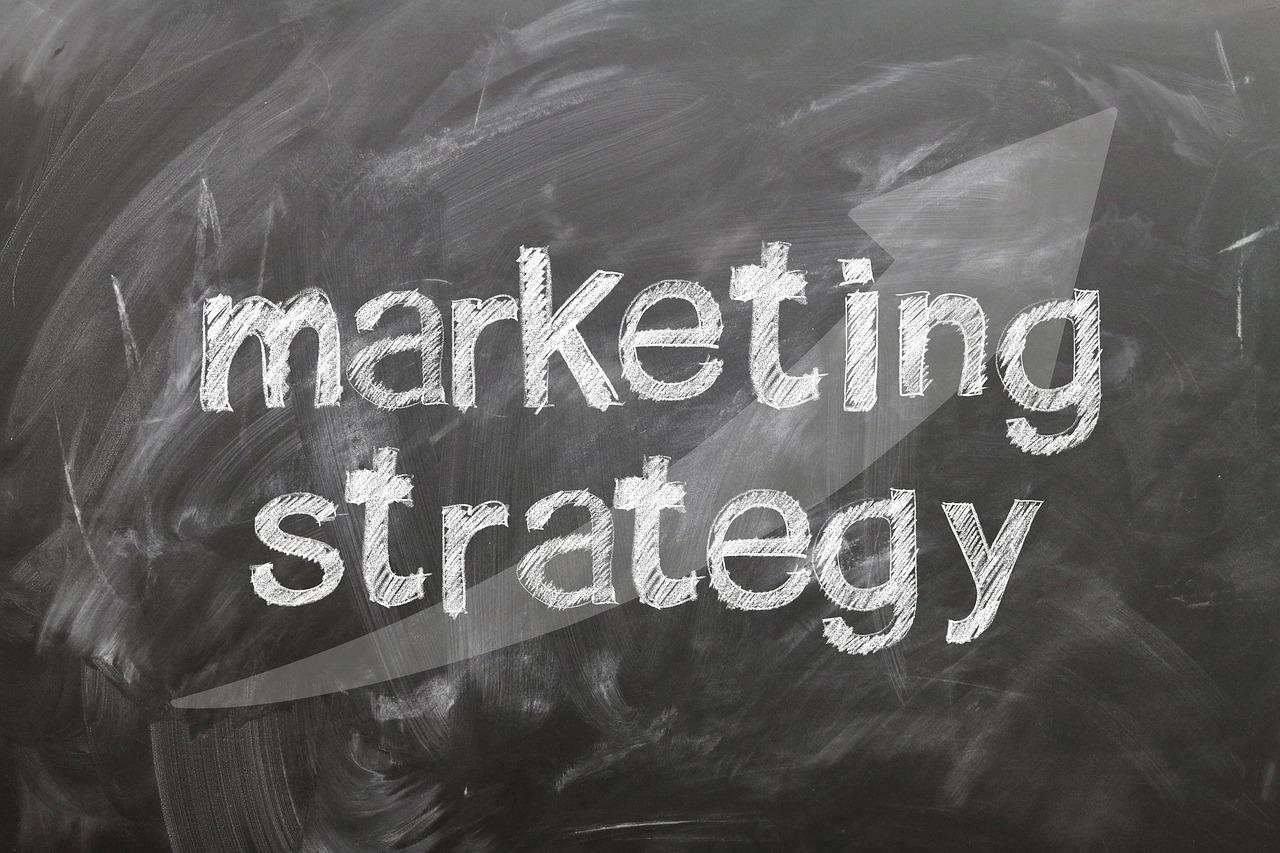Why to Build MVP Before Full Scale Product
The success of a product depends on how well it is received by the end-users. That, in turn, will depend largely on the capability of the product to solve the problems of the users it was intended to do...

The success of a product depends on how well it is received by the end-users. That, in turn, will depend largely on the capability of the product to solve the problems of the users it was intended to do or add value to the users.
The product, then, has to be purpose-engineered to provide all features that the end-user needs. Unnecessary features will delay the final product launch, involve more resources and time in the development, impacting the final cost of the product. And missing out on the imperatives will make the product a less attractive proposition.
Product development is underpinned by assumptions, based on market analysis. Ideally, all the assumptions need to be validated. The best way is to gain end-user feedback before the product is launched.
If the company chooses a big-bang product launch, there is no easy way to gain end-user feedback. Alternatively, if the company chooses to release a Minimum Viable Product or MVP before the final launch, it can gain that feedback before the final market launch of the product.
“The Minimum Viable Product is that version of a new product which allows a team to collect the maximum amount of validated learning about customers with least effort” – Eric Ries, author of The Lean Startup
The MVP has the minimum amount of features required to gain feedback from customers. This makes MVP development services of enormous value to startups.
In this blog, read more about MVP 一 The benefits, and value to a startup.
Benefits of MVP
The benefits accrued from MVP first strategy are discussed hereunder:
Validated Learnings 一 Project Viability
An MVP will validate all assumptions taken during the conceptualization phase. Market analysis and surveys conducted before commencing with the development of the product can determine the requirements.
But the solutions to those requirements are borne out of assumptions taken during the product development. It’s only after the end-user acknowledges the value of these assumptions, can it be truly ascertained that those features will solve their intended purpose.
Thus, the viability of the product hinges not on the assumptions but value the product adds to the end-user, or the ability of the product to solve end-user requirements. This can be validated by the use of an MVP.
Accelerated Product Development 一 Save Time and Resources
Filtering the imperative features vis-a-vis the redundant ones helps the development team to purpose-engineer the product.
With focus on requisites that determine the success of the product, the development will take lesser time, saving resources spent on the product development and decreasing the go-to-market time of the product.
The time and resources saved can give the product a competitive edge in the market, enhancing its appeal to the target audience.
Minimize Risk 一 Enhance Chances of Success and Save Capital
Feedback gained directly from the users the product is being developed for, gives crucial insights into the product requirements. This minimizes the risk involved in launching a new product in the market.
Capital is saved with higher chances of success of the product and also from accelerated development.
Pitch the Product 一 Gain Traction From Stakeholders, Invite Investments
An MVP in software development can also be used to audition your business idea to investors or stakeholders in the project. Investors can evaluate the potential in the business idea and consider investing.
All stakeholders, partner companies, and others can be involved in the project development by gauging the MVP of the product.
An MVP will be faster to build, employing lesser resources. So, companies can use the MVP to gain traction and continue with project completion with the necessary funds.
Importance of MVP Development Services to Startups
Consider the scenario when a startup gets ready to launch a new product 一
The startup may not have a revenue source as yet.The brand image may not yet be established.The business idea behind the product might be based on intuition and experimentation, sans any tangible data.The startup may not have any investors yet, the product may be its way to attract investments.
With the stakes so high, the startup is betting big on the product launch. This means that the margin for error is lower in the case of startups. Their fortunes rely on the success of the product.
For instance, Etsy, a marketplace for designer handicrafts and unique products, first launched sans any payment functionality and other integral online marketplace features. Once it gained traction, functionalities were added. This is a good example of an MVP first strategy working for a startup.
Thus, an MVP first strategy can give startups the requisite assurance to startups catalyzing higher chances of a successful product launch.
To Sum It Up
Via MVP software development, you can see the difference between the success and failure of a product. It is the easiest way to get the end-users involved in the development of the product.
Moreover, in the case the product might not be as good as it was intended to be, there is still time to pivot before it is finally launched in the market.
For startups, the stakes are higher, and the product might still be an experiment. MVP can give them the crucial leverage to propel business success.
The requirements for an MVP-first strategy can be discussed with MVP software development companies before starting with the product development.

 ShanonG
ShanonG 































